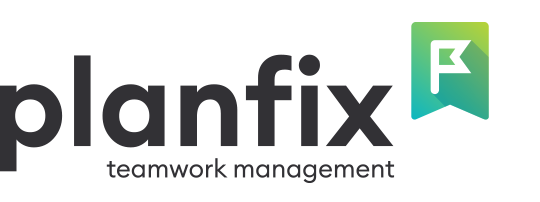
Manual data collection and processing are often time-consuming and require meticulous attention to detail. Planfix reports help automate these processes and provide easy access to data, analysis, and visualizations.
Reports in Planfix
Reports are an important tool in Planfix, essential for analyzing and processing data. They allow you to collect, organize, and visualize data automatically, providing a complete picture of the current state of projects and tasks. Integration with other services ensures convenient access to data from various sources in one place.
Types of Reports
Planfix reports provide real-time data so managers can quickly assess the current situation in the company. The extensive customization options make the system suitable for various industries and business models, enabling the creation of customized reports tailored to the specific needs of the company:
- Standard reports;
- Task reports;
- Comment reports;
- Contact reports;
- Project reports;
- Catalog reports.
You can save and export reports, set access permissions, and quickly find them again using filters. These results enable effective analysis of current business processes and future strategic planning.
Why Reports are Important
Reports in Planfix play a key role in companies by providing essential information for evaluating the performance of employees, projects, and departments. They enable management to analyze data and make informed decisions to increase work efficiency.
The accounting department can use Planfix project reports to track project costs, analyze schedules, and calculate financial ratios. Reports are also necessary for other departments to analyze the results of marketing campaigns, customer interactions, and production processes.
New Features in Planfix Reports
To make working with standard reports more convenient, we have added several new options and made changes to the interface. You can now use variables in export templates and specify them in the template name. Let’s take a closer look at this.
Report Appearance
We are constantly improving not only the functionality but also the user interface. Now, groupings are highlighted in bold, and the report is displayed in a table format, which significantly improves perception of the information:

Quick Period Selection
You can select the display period for the report without entering parameters and opening additional windows. You can get this done with two clicks directly from the report page:

Please note that the parameters for the report selection must contain a period for this option to work:

Variables in Reports
You can use the variable {{Report. Period}} in export templates. It specifies the start or end of the period covered by the report. The variables look like this: {{Report.Period.Start}} and {{Report.Period.End}}:

Variables in Template Names
You can use variables within files and in the names of export templates. For example, if your company works with freelancers and payments are made every two weeks, the report automatically handles the calculation of fees. Then, the required information is exported to a payroll template and sent to the accounting department. You can create a template and add variables to its name to indicate the period the file covers:

When exporting the file, the variables are replaced by the required values:

You can quickly change the data selection period and rerun the report if necessary. All changes will be reflected in the newly generated report.
Additional Automation Capabilities
You can automate the creation of reports in Planfix. For example, a manager can receive regular progress reports on the status of tasks to monitor progress and immediately see which tasks are on schedule and which are not. You can learn how to set up this automation in this note: Scheduled Reports: Efficiently Manage Task Completion.
Conclusion
Automating reporting saves time and company resources and relieves employees of routine tasks. Quick period selection and the use of variables make working with project reports more flexible and convenient. Overall, Planfix reports are a robust data management and analysis tool that increases the company’s efficiency and competitiveness. Learn more how to manage task completion more effectively using scheduled reports.

